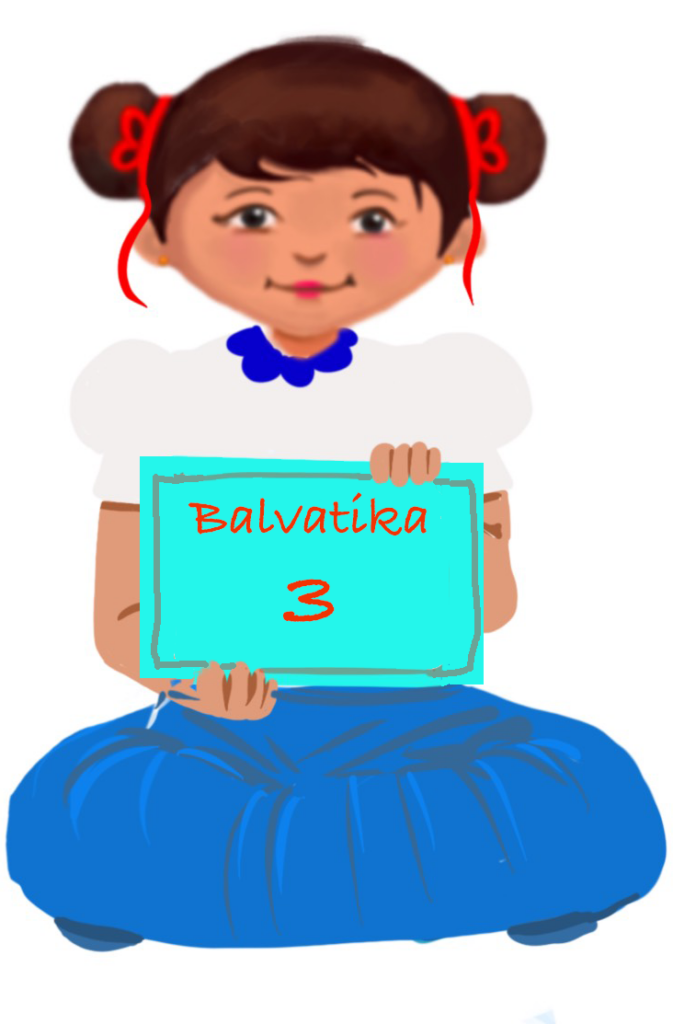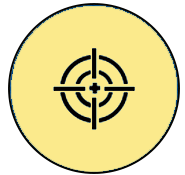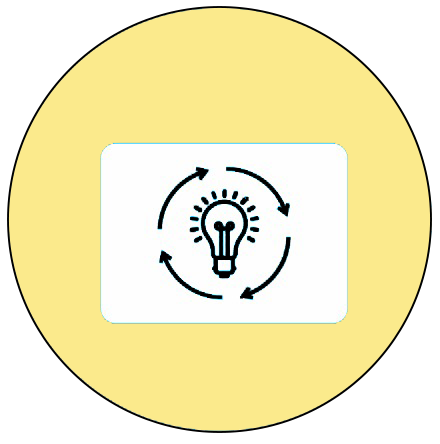
Numbers 1 to 10
Week 2 – Counting objects accurately up to 10
Learning Outcome
Counts objects with understanding of cardinality till 10 accurately.
 Objective
Objective
Children will be able to count a variety of objects or pictures given to them from 1 to 10.
 Prerequisites
Prerequisites
Pre number skills such as one to one correspondence, memory skills, matching skills, reading numbers 1 to 10.
 Pre-Teach Vocabulary
Pre-Teach Vocabulary
Numbers 1 to 10
Introduction
The teacher may revise the numbers from 1 to 10 by singing the number rhyme (provided in Numbers 1 to 10 Week 1).
Counting numbers using different objects:
Resources required:
- Number rhyme
- Building blocks
- Flash cards showing numbers from 1 to 10
- Beads/Buttons
- Egg tray
- Number mats
Procedure:
- Show flash cards indicating each number from 1 to 10. Children will use the blocks and build towers corresponding to the numbers shown.
The teacher can also use a number mat with numbers 1 to 10. Children are asked to count and place the objects (such as soft toys or any other toys) that match the numbers on the mat. - Alternatively, the teacher can use an egg tray and ask the children to count and place a specific number of buttons in the egg tray.
 Note to the teacher:
Note to the teacher:
The teacher must ensure the child’s safety while using the beads and make sure the child does not put them in their mouth.
Refer to ‘Sequencing skills’ Adaptations and Strategies given in the Main page of ‘Numbers 1 to 10’ if there are any neuro-diverse children in the class.
Video: Count with objects
Activity 1: Spin the Wheel
Objective: To perform the same action that corresponds to the number of spins of the wheel.
Importance of the activity for children:
Helps in developing:
- Gross motor skills (moving around, clapping)
- Fine motor skills (holding and rotating)
- Cognitive skills (focus, recognise and recall the number)
- Social skills (playing together, encouraging other children)
- Communication skills (discussions among the children and with teacher)
Resources required: Spinning wheel
Setting for the activity:
The activity can be done indoors or outdoors depending on the availability of space.
Type of activity: Kinaesthetic group activity
Preparation of activity:
- The teacher should fix a spinning wheel divided into 10 parts, with each part depicting a number from one to ten, in front of the children.
- The spinning wheel should have a pointer at the centre.
Role of the teacher: Demonstrator and facilitator
Procedure:
- Place the spinning wheel in front of the children.
- Call each child towards the spinning wheel one at a time.
- The teacher should assist the child in spinning the wheel.
- Ask the child to identify the number that the pointer shows.
- The child has to announce the number and repeat one activity that many times. The activity can be – jumping, clapping, snapping, frog jumping, etc., as the teacher finds suitable for the number shown.
- This process can be repeated until every child gets a chance to spin.
Suggested variations in rules:
- The teacher can give mini story prompts to each number. For example if the wheel lands on number 3, the child might pretend to be a bird flying 3 times.
- After spinning the wheel, the child pairs up with another child and performs an activity together the indicated number of times (e.g., shaking hands, passing a ball, or giving high-fives).
Conclusion:
Children would learn to count the numbers from 1 to 10.
Refer to ‘Working memory’ Adaptations and Strategies given in the Main page of ‘Numbers 1 to 10’ if there are any neuro-diverse children in the class.
Video: Spin the wheel
ISL Video: Spin the wheel
LTM Video: DIY – Spin the wheel
Activity 2: Collect the Balls
Objective:
To count numbers from 1 to 10.
Importance of the activity for children:
Helps in developing:
- Gross motor skills (moving around, picking, throwing)
- Fine motor skills (holding, clapping)
- Cognitive skills (focus, recognise and recall the number, hand eye coordination)
- Creative skill (associate number with events and tell a story using the number)
- Social skills (playing together, encouraging other children)
- Communication skills (discussions among the children and with teacher)
Resources required:
- Flash cards showing numbers from 1 to 10.
- Small balls of different colours in a bin.
Setting for the activity:
The activity can be done indoors or outdoors depending on the availability of space.
Type of activity: Group activity
Preparation of activity:
The teacher should place the bin with balls of different colours and an empty bin in front of the children.
Role of the teacher: Demonstrator and facilitator
Procedure:
- The children stand in a line or they come one at a time.
- A bin with balls of different colours and flash cards showing numbers 1 to 10 are kept in front of them.
- An empty bin to collect the balls is also kept in front of them.
- The child chooses a number card and accordingly throws the same number of balls in the bin from a distance.
- The next Child continues till all the number cards are over.
Observation:
The children will be able to identify the numbers and count from 1 to 10.
Conclusion:
Children would learn to count numbers from 1 to 10.
Suggested variations in rules:
- The activity can be a time challenge where they have to complete their turn within a specific time limit.
- Instead of randomly choosing balls, children have to match the colour of the ball to a colour card. This helps with colour recognition along with counting.
- Each child tells a short story or sentence involving their chosen number. For example, “I picked the number 2 because I brought 2 chapatis for lunch today.”
Refer to ‘Number sense’ Adaptations and Strategies given in the Main page of ‘Numbers 1 to 10’ if there are any neuro-diverse children in the class.
Refer to ‘Organisational skills’ Adaptations and Strategies given in the Main page of ‘Numbers 1 to 10’ if there are any neuro-diverse children in the class.
Video: Collect the balls
ISL Video: Collect the balls
Assessment
The teacher can give the practice worksheet to the children that can be followed by assessment worksheet.
Practice Worksheet: Match the following
Practice Worksheet: Match the following (Enlarged)
Assessment Worksheet: Draw triangles
Assessment Worksheet: Draw triangles (Enlarged)
Check list for teacher:
| Activity | Yes | No | Sometimes |
| Children can: | |||
| Count numbers from 1 to 10 | |||
| Count numbers from 1 to 10 using different objects | |||
| Perform actions that corresponds to number shown | |||
| Creatively use a number and narrate an event | |||
| Focus on the activity | |||
| Complete the activity in the given time | |||
| Do the activity independently | |||
| Express verbally and through actions, expressions or gestures |
Teacher Resource Document
| Source and Attribution of images: All images used in the above Assets and Aids are originally created. |
| This digital material has been developed by the Sri Sathya Sai Vidya Vahini Inclusive Education Project, a unit of Sri Sathya Sai Central Trust, Prasanthi Nilayam, as a collaborative offering in the service of our nation. |